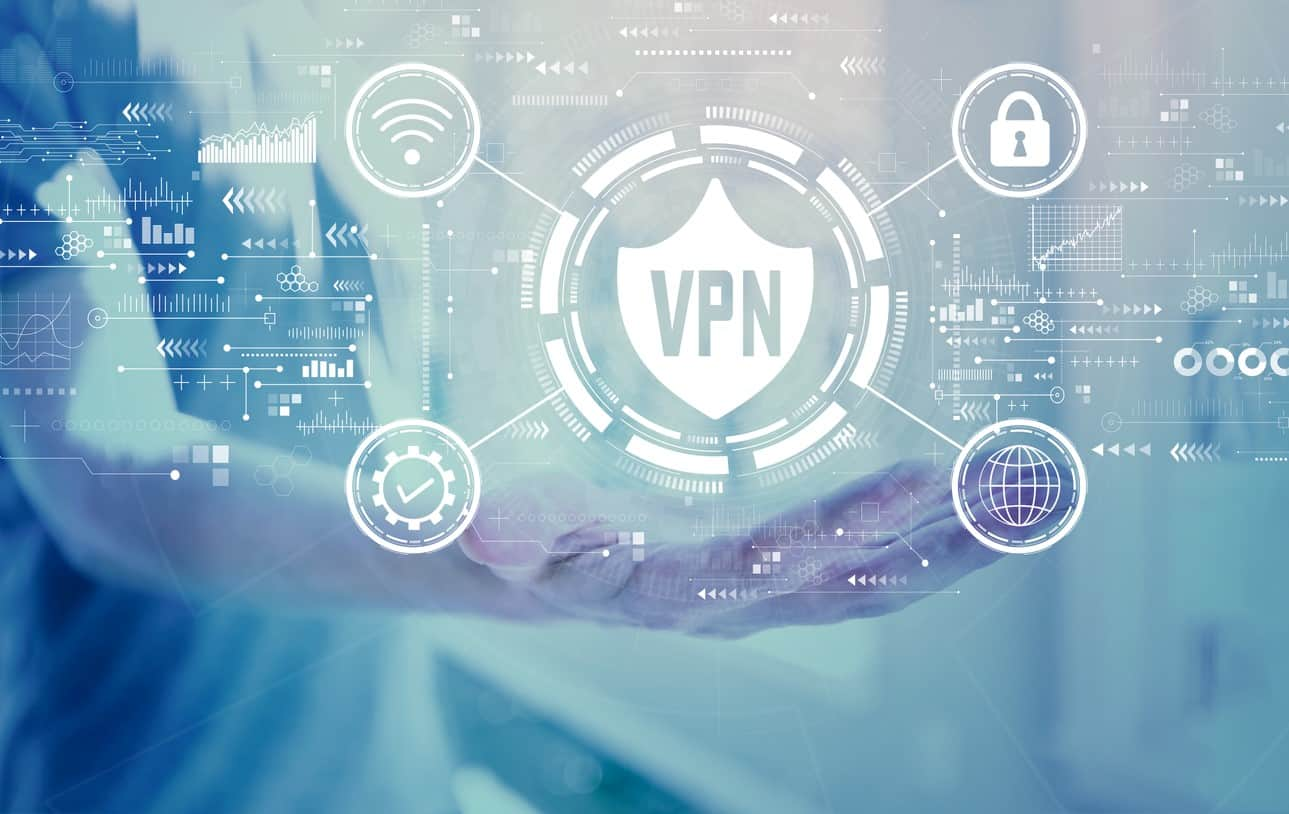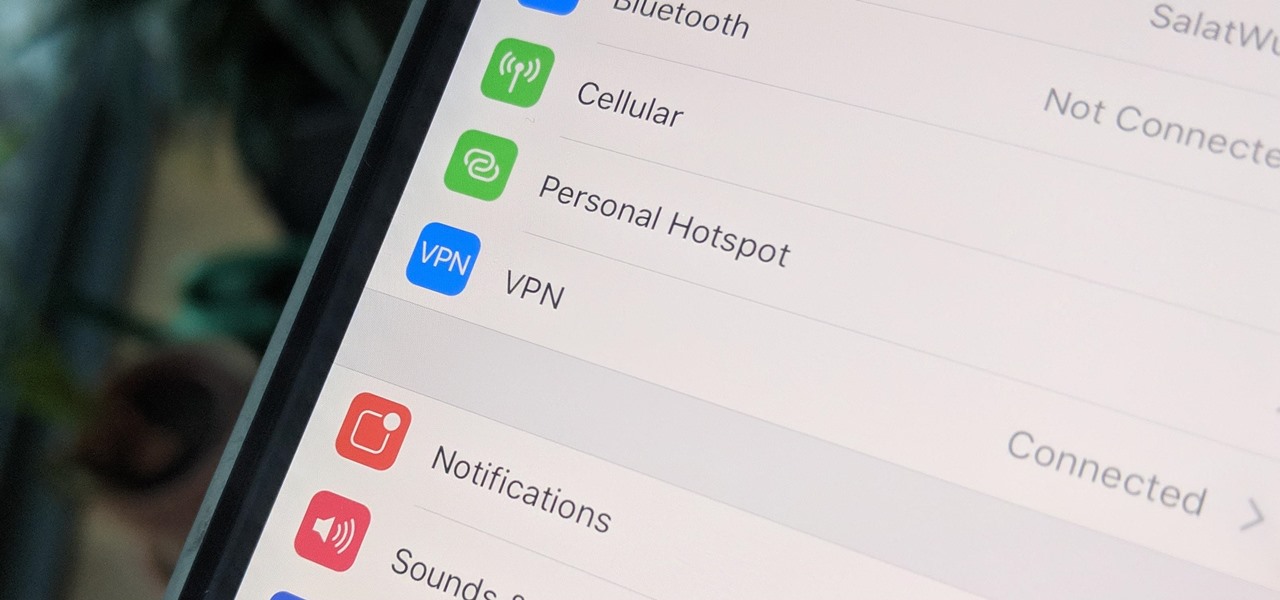Featured
Table of Contents
My Vpn Doesn't Work: How To Fix Most Common Vpn Issues

The Routing and Remote Access snap-in lives within the Microsoft Management Console, called the MMC. There are multiple methods to access the MMC. You can select the console from the Start menu's Programs alternatives, within the Administrative Tools folder within Windows server's Control Panel or by typing mmc at a command prompt.
As Tech, Republic's Brandon Vigliarolo shows within his video at the start of this article, the Solutions console shows the status of the Routing and Remote Gain access to entry. From within the Providers console and with the Routing and Remote Gain access to entry highlighted, you can click Start the Service or right-click the entry and choose Restart.
Often the VPN customer and VPN server are set to using different authentication techniques. Validate whether an authentication mistake is the problem by opening the server console. Another method of accessing the MMC is to type Control+R to open a command timely in which you can type mmc and hit Get in or click OK.
If the entry isn't present, click File, choose Add/Remove Snap-in, select the Routing and Remote Gain access to choice from the options and click Include, then OK. With the Routing and Remote Access snap-in included, right-click on the VPN server and click Residences. Review the Security tab to validate the authentication method.
Help With Twitter.com
Make sure the VPN client is set to the authentication approach defined within the Security tab. Normally the items simply evaluated are accountable for the majority of VPN connection rejection errors.
IP addresses are another basic component for which administration should be effectively set. Each Web-based VPN connection normally utilizes 2 different IP addresses for the VPN customer computer system. The very first IP address is the one that was appointed by the customer's ISP. This is the IP address that's used to establish the initial TCP/IP connection to the VPN server online.

This IP address generally has the very same subnet as the local network and thus allows the customer to interact with the regional network. When you set up the VPN server, you need to configure a DHCP server to assign addresses to customers, or you can develop a bank of IP addresses to designate to clients straight from the VPN server.


If this option is selected and the reliable remote gain access to policy is set to enable remote access, the user will have the ability to attach to the VPN. I have been unable to re-create the scenario personally, I have actually heard rumors that a bug exists in older Windows servers that can trigger the connection to be accepted even if the reliable remote gain access to policy is set to deny a user's connection.
General Troubleshooting - Sophos Connect

Another typical VPN problem is that a connection is effectively established however the remote user is unable to access the network beyond the VPN server. By far, the most typical reason for this issue is that authorization hasn't been approved for the user to access the whole network. To enable a user to access the whole network, go to the Routing and Remote Access console and right-click on the VPN server that's having the problem.
At the top of the IP tab is an Enable IP Routing check box. If this check box is enabled, VPN users will have the ability to access the remainder of the network, presuming network firewall programs and security-as-a-service settings allow. If the checkbox is not picked, these users will be able to access only the VPN server, but absolutely nothing beyond.
If a user is calling directly into the VPN server, it's usually best to configure a static path between the client and the server. You can configure a fixed path by going to the Dial In tab of the user's homes sheet in Active Directory Users and Computers and selecting the Apply A Fixed Route check box.
Click the Add Path button and then enter the location IP address and network mask in the space provided. The metric need to be left at 1. If you're utilizing a DHCP server to assign IP addresses to clients, there are a couple of other problems that could cause users not to be able to go beyond the VPN server.
Troubleshoot Knox Issues - Samsung Knox Workspace
If the DHCP server designates the user an IP address that is currently in usage elsewhere on the network, Windows will find the conflict and avoid the user from accessing the rest of the network. Another common issue is the user not receiving an address at all. Many of the time, if the DHCP server can't appoint the user an IP address, the connection will not make it this far.
If the customer is designated an address in a range that's not present within the system's routing tables, the user will be not able to browse the network beyond the VPN server. Make sure the resources the user is attempting to gain access to are really on the network to which the user is connecting.
A VPN connection to the other subnet might, in fact, be required. A firewall software or security as a service option could also be to blame, so do not forget to examine those options' settings, if such elements are present in between the VPN server and the resources the user looks for to reach.
The first possibility is that one or more of the routers included is carrying out IP package filtering. I suggest inspecting the client, the server and any devices in between for IP packet filters.
Latest Posts
The Best Vpn Services For 2023 (Reviewed & Compared)
The Best Vpns For Small And Home-based Businesses
Business Vpn: Secure Your Small ...